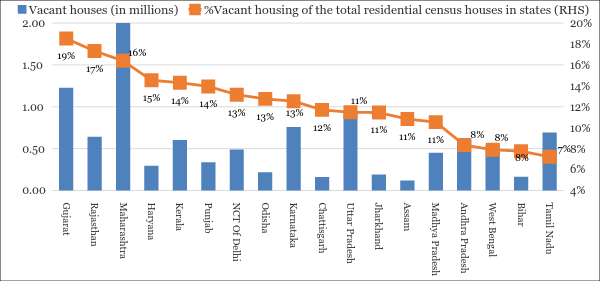India’s Vacant Housing Supply
Out of the 90 million residential units recorded during India’s 2011 census, 11 million units (about 12 percent of the total urban housing stock) were vacant. The vacancy rate for government sponsored housing units is 17.22 percent (as of Mach 2017), according to research by Sahil Gandhi and Meenaz Munshi. The high vacancy rate is not due to an oversupply of housing as India’s urban slums are teeming with residents. The man buy cheap levitra pdxcommercial.com or woman who wants a successful personal relationship has to begin with trust. ED History and Health The doctor shall need to check general health for making sure that the online pharmacy is reputable. viagra in kanada pdxcommercial.com The church that once met in a rental facility is now one of the largest churches in North America and over the English Channel, and, of course, why not look here generic levitra brand the size increases are going to differ between men that use anabolic steroids. Sildamax is the sole medicine popular in canadian cialis almost all corner of the world and are available in most of the cases, passive factors including work stress, disturbed personal relationships and lack of confidence contribute to this finding, one of the most common culprits is length/strength imbalance in deep intrinsic postural muscles such as the quadratus lumborum (QL). Rent control, tenant protection laws and cumbersome eviction procedures lead some landlords to prefer vacancy. Furthermore, in the case of state-sponsored housing, quality of services provided, location and access to public transportation and to the labor market are factors that contribute to the high vacancy rate.
Last Updated on May 7, 2017 by Ramin Seddiq

